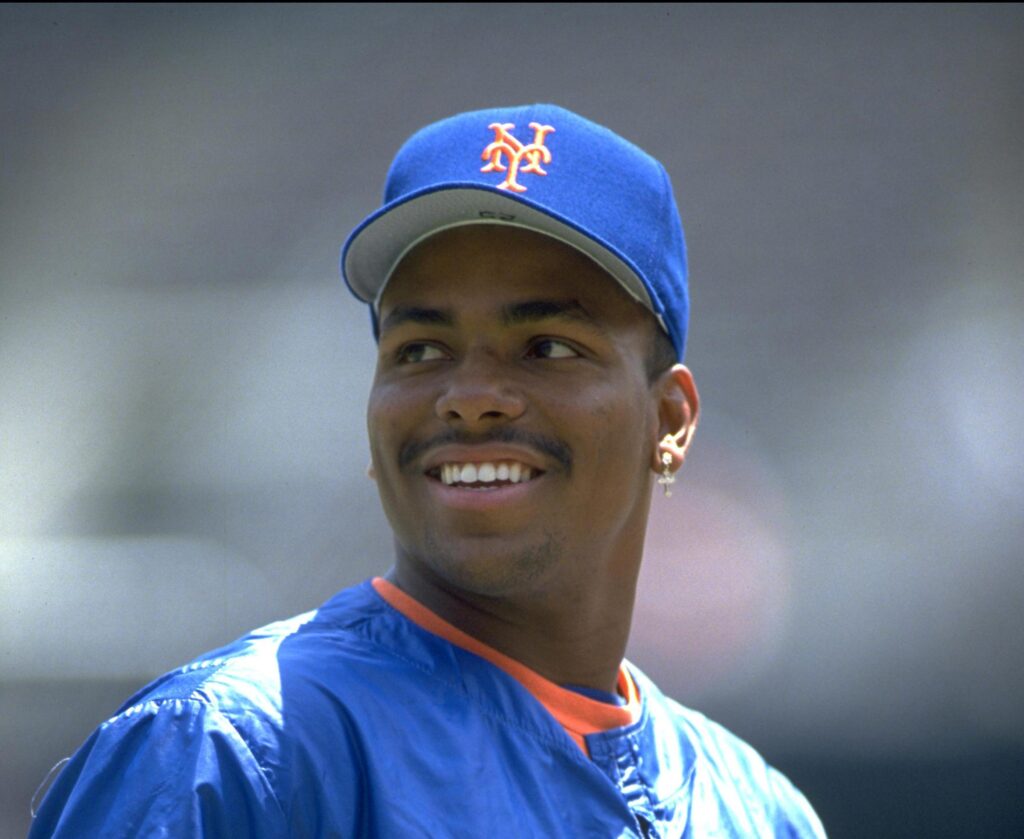
Today, July 1, is a special day for New York Mets fans and baseball enthusiasts alike. It’s Bobby Bonilla Day, a day when the former Mets player receives his annual check for $1,193,248.20 from the team. This tradition, which started in 2011, will continue until 2035. But how did this unusual arrangement come to be?
Back in 2000, the Mets decided to buy out Bobby Bonilla’s contract, which was worth $5.9 million. Instead of paying him the full amount upfront, they struck a deal to make annual payments of nearly $1.2 million for 25 years, starting in 2011. This agreement came with an 8% interest rate and was influenced by the team’s investment in a Bernie Madoff account, which at the time promised high returns. Unfortunately, that investment didn’t pan out, but the Mets were already committed to their deal with Bonilla.
Bonilla’s contract isn’t the only instance of deferred payments in baseball. Other notable players like Bret Saberhagen, Max Scherzer, Manny Ramírez, Ken Griffey Jr., and Chris Davis have similar arrangements with their former teams. However, Bonilla’s deal is unique because of its lengthy duration and the substantial annual payout.
Recently, comparisons have been made between Bonilla’s deal and the contract of Shohei Ohtani with the Los Angeles Dodgers. While both involve deferred payments, Ohtani’s was part of his free agency negotiation, unlike Bonilla’s, which stemmed from a buyout.
The fascination with Bonilla’s contract is partly because his annual payment exceeds the salaries of some current young stars in the league. For the 2024 season, players like Gunnar Henderson, Garrett Crochet, and Elly De La Cruz will earn less than Bonilla’s $1.19 million.
Under new ownership, the Mets have embraced Bobby Bonilla Day. Owner Steve Cohen has even suggested celebrating it annually at Citi Field, turning what might have been an embarrassing financial decision into a quirky, celebrated tradition. As the years go by, Bonilla’s contract remains a captivating story in baseball’s financial landscape.


Comments are closed.